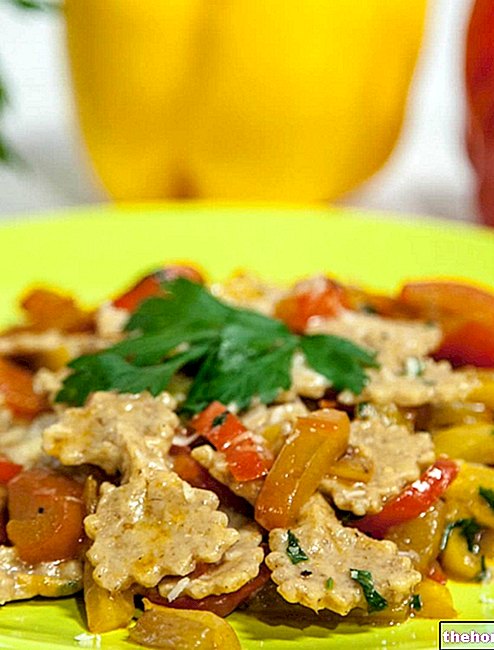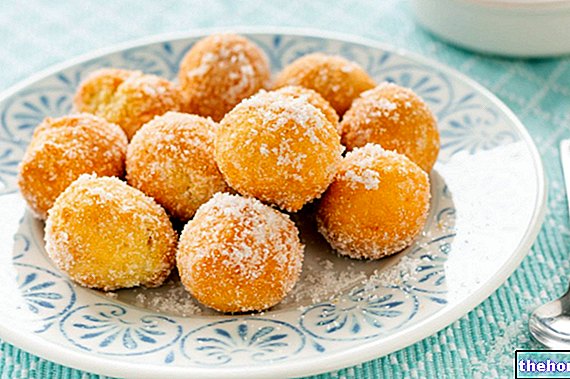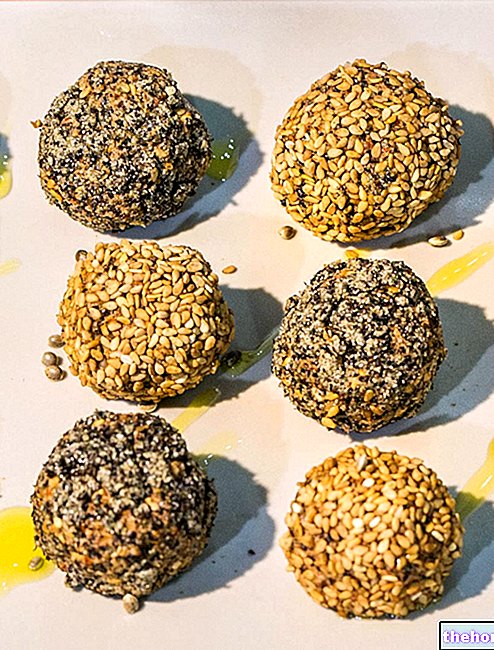When we have guests for lunch, we always tend to overdo it by offering new dishes and alternative side dishes. However, not everyone likes innovation and prefers "the traditional". So today I would like to focus on salads, on the "dressing" for salads to be precise: no complex sauces, no yogurt or strange things! Vinaigrette you can be on the safe side! Let's run to prepare them together: I propose my favorite versions.
Video of the Recipe
Problems with playing the video? Reload the video from youtube.
Identity Card of the Recipe
- 545 KCal Calories per serving
-
Ingrediants
For the citronette sauce
- 3 tablespoons of extra virgin olive oil
- Untreated lemon juice and zest
- 1 tablespoon of pink pepper
- A few stalks of chives
- q.s. of salt
For the vinaigrette sauce (French Dressing)
- q.s. of pepper
- q.s. of salt
- 2 tablespoons of vinegar
- 3 tablespoons of extra virgin olive oil
- 1 teaspoon of mustard
Materials Needed
- Glass jar
- Immersion mixer (optional)
- Bowls
Preparation
Did you know that ...
To prepare the vinaigrette and citronette sauce, we chose certain "flavoring" ingredients such as chives, pink pepper, mustard. Of course, the sauces can be customized and enriched with aromatic herbs, different types of oil and vinegar, fruit juices, etc.- Preparation of the Citronette sauce. In a glass jar, pour the oil, lemon juice, chopped chives, salt and pink peppercorns. Close the jar with a screw cap and shake well. Pour into a small bowl and use as desired.
- Preparation of the Vinaigrette Sauce. In a beaker, combine the white wine vinegar, oil, salt, pepper and mustard paste. Emulsify everything with the immersion mixer. Pour into a bowl and serve to taste.
Please note
To emulsify these condiments well we propose 2 valid methods: in the first case we used a jar with a screw cap; in the second, instead, an immersion mixer. In both cases, an emulsion will be obtained temporary and unstable, in the sense that the two phases (water and oil) of the emulsion will still tend to separate due to the absence of emulsifiers (eg. lecithin). In the vinaigrette sauce we proposed the version with mustard, able to stabilize - albeit in a mild way - the emulsion.
Alice's comment - PersonalCooker
The vinaigrette and citronette sauces are ideal for dressing vegetables such as artichokes, asparagus, leeks, salads. They are also special for delicate fish, for macerating meat and fish, and for “degreasing” particularly tasty and greasy meats. “Particularizing” the vinaigrette and citronette sauces, I suggest you add a teaspoon of honey or maple syrup (for the veg version).Nutritional values and Health Comment on the recipe
Citronette and Vinaigrette sauces are useful condiments to accompany various types of side dishes, but not only. The energy intake is quite high, but in any case decidedly lower than that of pure extra virgin olive oil.
The main nutrients are lipids, which boast a breakdown in favor of monounsaturated fatty acids. Proteins and carbohydrates are of marginal importance. Fiber is present in medium quantities (it is possible that the food composition tables take into account the pulp of the lemon and the berries of the green pepper).
The average portion of Citronette and Vinaigrette varies according to the energy intake of the diet, but is likely to be between 30 and 50g per day (160-325kcal).




























